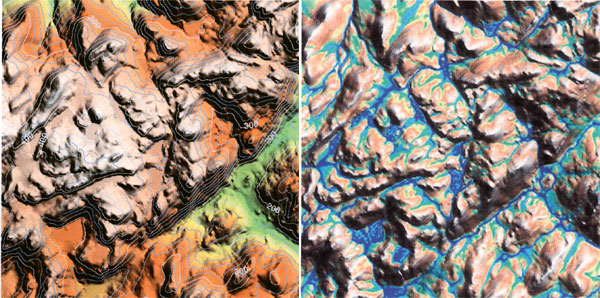Volume 8, Number 1—January 2002
Perspective
Using a Dynamic Hydrology Model To Predict Mosquito Abundances in Flood and Swamp Water
Figure 2

Figure 2. Schematic depiction of the hydrology model. The model couples the analytic form of TOPMODEL equations within a single column framework. From an update of the mean water table depth, TOPMODEL equations and Digital Elevation Model data are used to generate baseflow and the saturated fraction of the watershed.
Page created: July 14, 2010
Page updated: July 14, 2010
Page reviewed: July 14, 2010
The conclusions, findings, and opinions expressed by authors contributing to this journal do not necessarily reflect the official position of the U.S. Department of Health and Human Services, the Public Health Service, the Centers for Disease Control and Prevention, or the authors' affiliated institutions. Use of trade names is for identification only and does not imply endorsement by any of the groups named above.